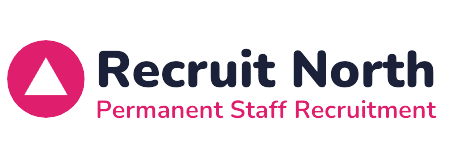Hiring doesn’t seem to be getting any easier, in fact, hiring has been challenging since well before the pandemic and we’re betting that that won’t change. So what’s the solution? Should we continue to hire to fulfil a role? Or should we be more agile and adaptable?
The first ten rule is that everyone you hire should be someone you’d hire as one of your first ten team members, regardless of your current headcount.
They’re people that will grow with your business, they have strong problem-solving skills and know-how and when to take the initiative.
Why follow the first ten rule?
The first ten rule creates a culture that’s always evolving. It’s one where learning and growth are key, and your employees feel a sense of ownership when it comes to the business’s success.
It’s about creating an interesting organisation that appeals to employees long term, as they feel that their views and contributions are valued.
When you hire according to the first ten rule, you hire people based on cultural fit, their ability to learn, and a variety of skills, rather than hiring to fill a specific role. In theory, this can (and does) open up a wider talent pool.
When you hire more prescriptively for someone who can do a specific job, and fulfil this current and specific business need, you’ll create a team of optimisers. They’ll be employees who check in at the start of their day, do their job, and then clock off, rather than employees who will drive change and growth.
What first ten employees look like
They have ownership. They want the company to succeed and are always thinking of ways to make this happen. It feels like “our” company rather than “your” company.
They’re learners, who can get to a high level of competency in something pretty quickly. When you’re a company that is growing, you need employees who can adapt and change their roles to suit the needs of the company.
They’re independent and can learn things through trial and error, doing their own research and sourcing knowledge from their community of peers.
They want to scale their role, and they’re able to do this solo. First ten employees don’t want to do the same thing forever, in fact, they’ll grow their role by finding new ways of automating and outsourcing the menial tasks so they can grow into more senior positions.
They’re goal-orientated. Rather than working to a task list, these employees work better to a goal list.
They’re creative thinkers who are always finding inspiration in unexpected places and looking at new ways to grow their skills and their role.
What first ten employees are not
Subject matter experts. At first glance, you might find their resume lacking the skills and experience in your job description, but first ten types can learn on the job.
Happy to be micromanaged. First ten employees need the freedom to grow. They don’t like managers who don’t trust them to do what needs to be done.
They’re also not balanced. They get invested in your organisation and its success. This means that they might sometimes get too emotionally invested and need coaching to support them through roadblocks and challenges.
How to appeal to first ten employees
You need to be an organisation that is willing to hire for who they are, rather than for a role. It’s a hiring strategy that is more about cultural fit than skills presented on paper.
To appeal to the right people, you need to instil a culture of first ten hiring in your Employee Value Proposition (EVP). Think about how your EVP demonstrates to employees past and present that you are:
- Nimble
- Ever learning
- Growing and evolving
- Creative
How to hire first ten employees
You need to be looking for the right employee for your business as a whole rather than for a specific role.
When looking through CVs, look out for a range of interests (work and hobbies) from someone who is looking to learn and improve. Those with more work experience might have worked at a range of companies and explored a variety of roles. Perhaps they have recently been one of the early hires at several startups, sat on advisory boards, or set up a business themselves. For those without experience, look at their interests.
Ask yourself:
- Could this person move over to a different role/department/operational area if there was a need?
- Could I see them being promoted over the next several years?
- Are they going to challenge the status quo?
At the interview stage, prepare questions that will challenge first ten types. Examples could include:
- Tell us about a time you created something. Ask for multiple examples. First ten types should have loads and should be excited by this question.
- Tell us about a time when you had to change direction on a project. This question is looking for creativity and a way of solving problems.
- Why are you looking to leave your current role? Rather than focusing on their current role, candidates who fit in the first ten moulds will focus on why they want to join your organisation. They’re on a journey, and always looking ahead rather than behind.
- Ask me anything. Candidates will have unlimited questions. They’re curious and looking to learn.
- Have you learned any new skills recently? Whether this is learning a language on Duolingo, picking up a new instrument, or simply new facts that they have learned from a documentary, book, or podcast. They’re people who love learning.
- Have you ever scaled yourself out of a job function? This isn’t always going to be appropriate for more junior hires, but for more senior candidates they should be able to show a time when they grew their role, their team, their function, or their responsibility.
When you hire to the first ten rule you’ll create a more energised company. Whether you’re hiring your 20th employee or your 2,000th you’ll be generating the best possible team. Happy hiring!
Source and Credit : Adzuna






